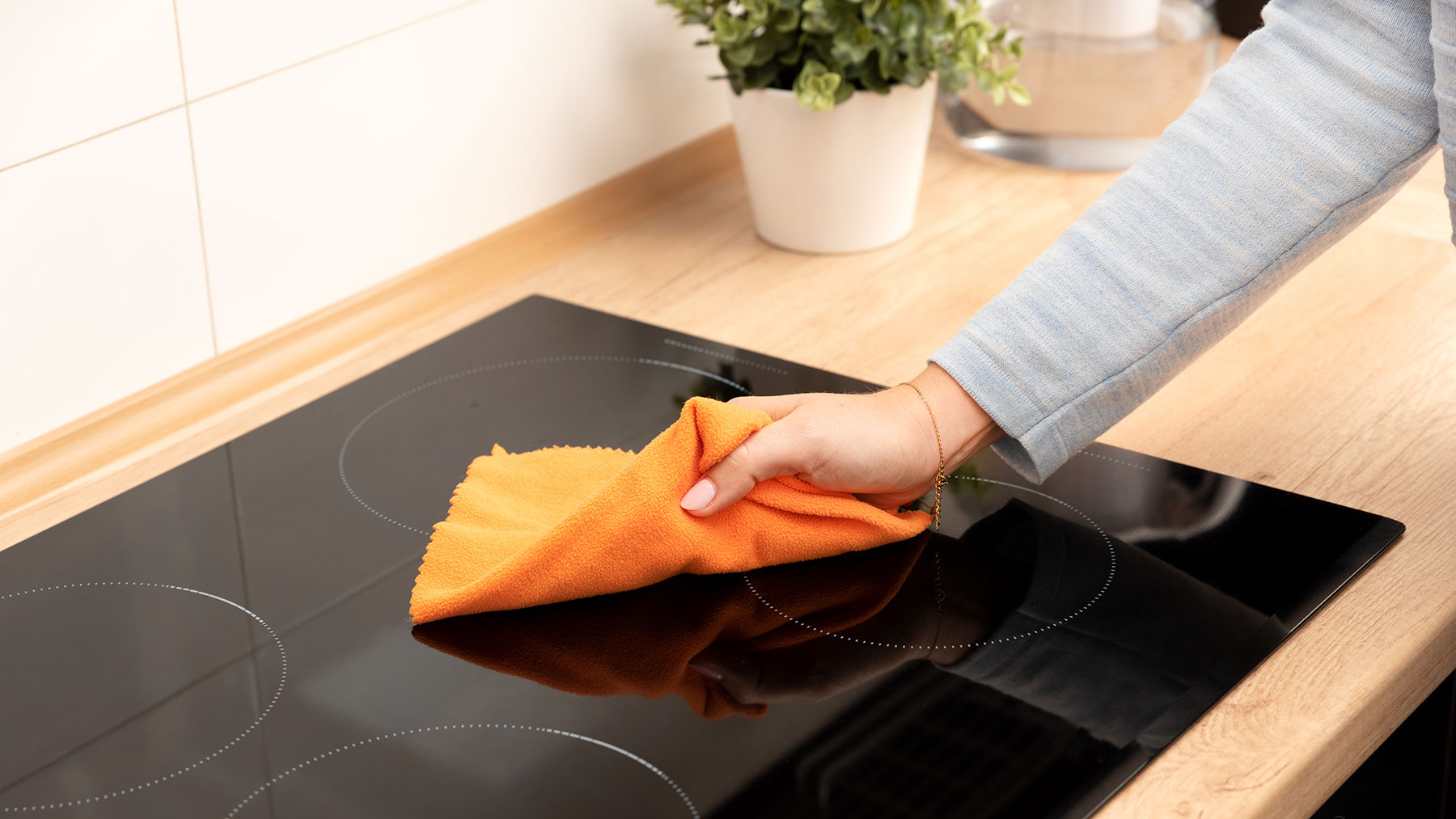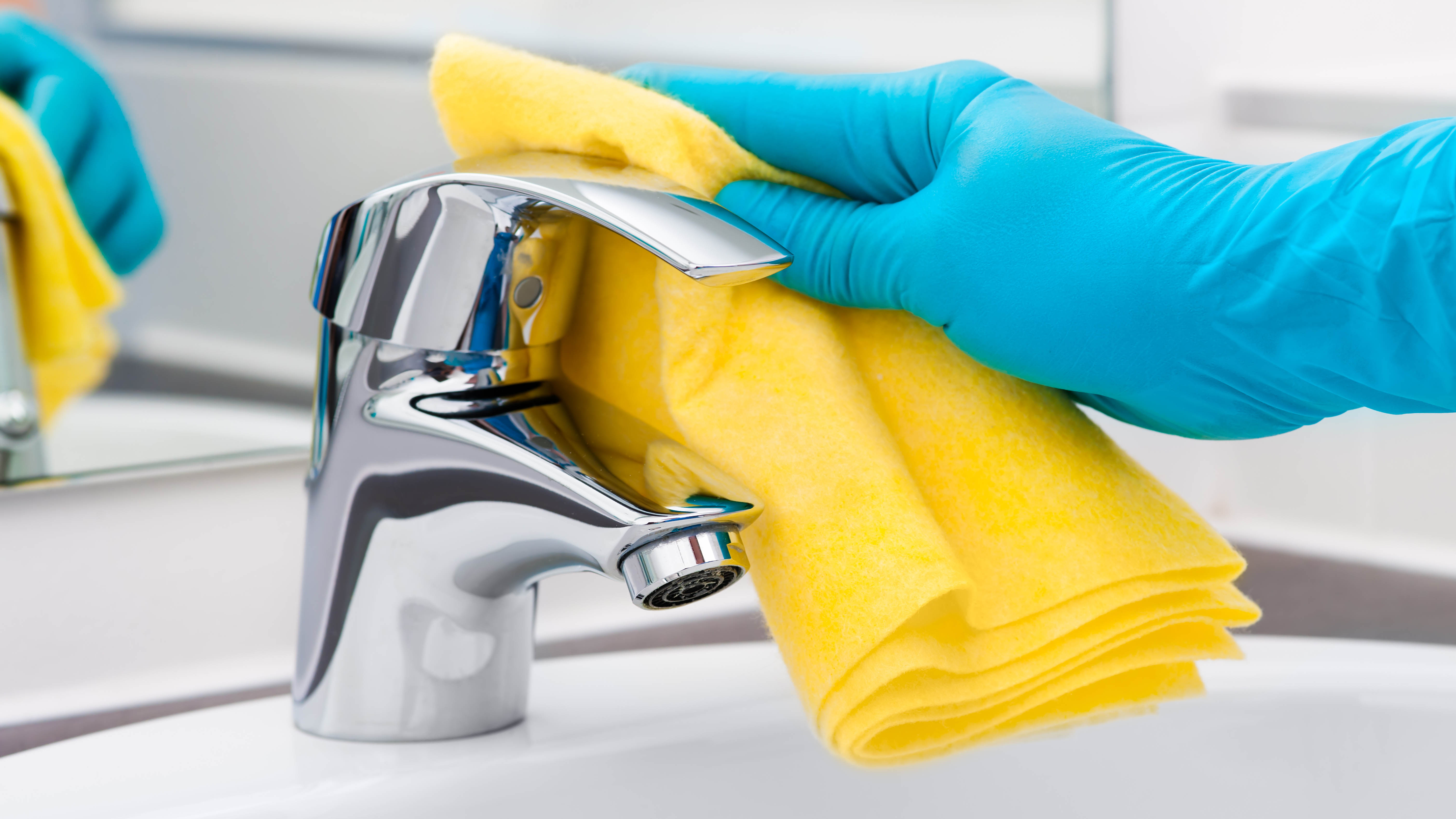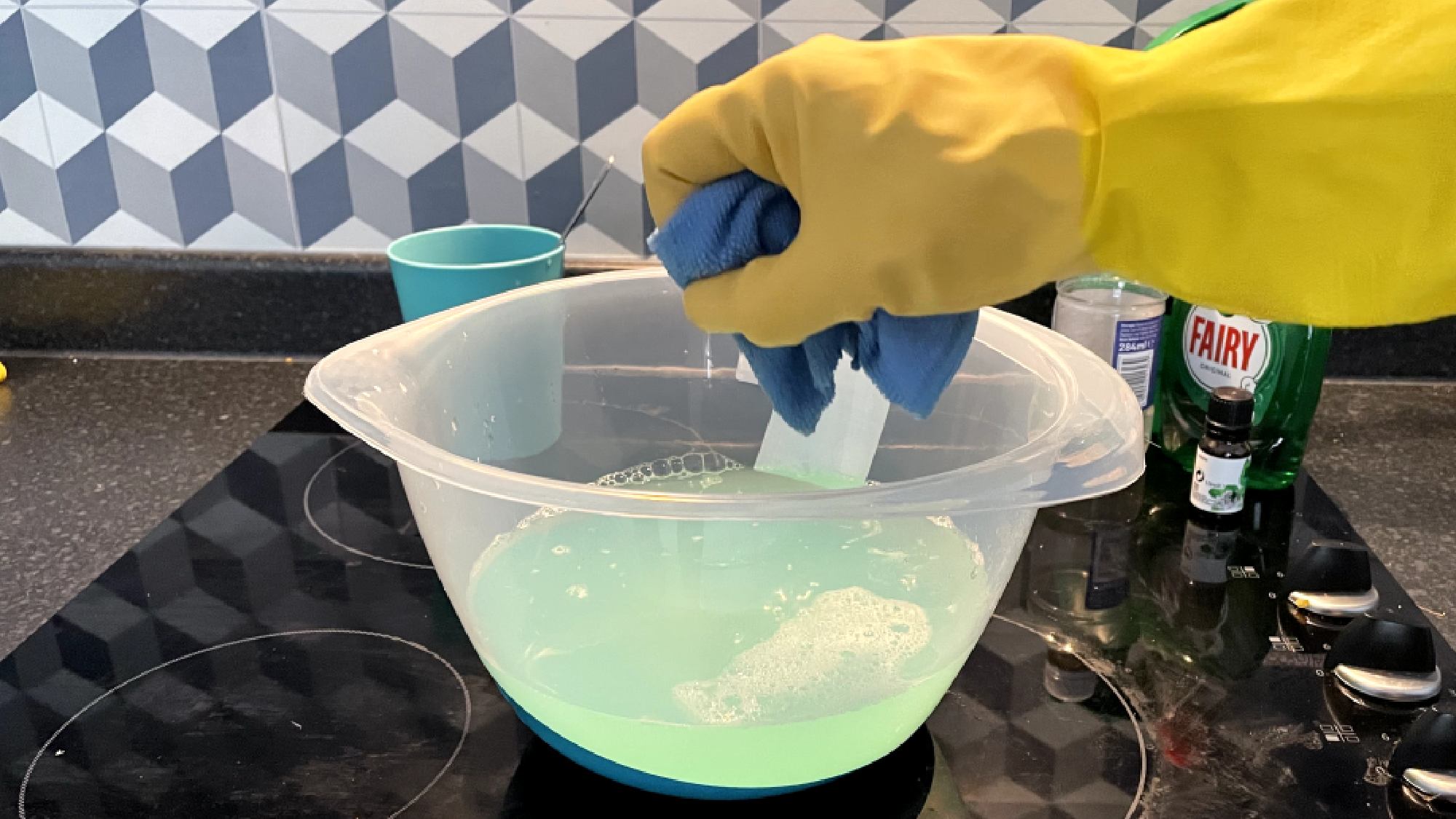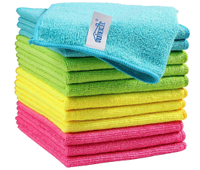I just found out why microfiber cloths come in different colors — I wish I knew this cleaning hack sooner
A different microfiber cloth for every job

Microfiber cloths are a staple in most households for their cleaning abilities. They’re great for removing all kinds of dirt and bacteria and are used for a multitude of jobs from cleaning your washing machine to cleaning your oven. Plus, they’re one of the household items you might not know you can wash in the washing machine, so they're durable and long-lasting, too.
With so many different uses, you might lose track of what you’re using each one for, and even with a washing machine on the hottest wash, if you want to avoid cross-contamination. After all, none of us want to prepare food on a surface that's been cleaned by the same cloth you use to clean your toilet. For that reason, it's worth keeping track of which one is which.
Luckily, they come in a variety of colors, and after coming across a TikTok clip, I realized that this is for more than just aesthetic reasons. And that, it’s revealed, is because you can assign them different uses with color-coding. I’ve always used this method for my sponges, but I never thought about using it for my microfiber cloths, until now. It’s a gamechanger and one I’ve incorporated throughout my home, opting to store the different colored cloths in different rooms of my home, based on their job.
Here’s the TikTok that demonstrates exactly what I’m talking about:
@tonysiconiccleaning ♬ Tokyo Phonk Drift - Yan 394
Explained by @tonysiconiccleaning, a Residential & Commercial Cleaning company in LA, microfiber cloths can be color-coded, depending on their job role in your home. Their suggestion is as follows:
- Red for restrooms and hazard areas
- Yellow for dry dusting and polishing
- Green for general areas such as kitchens, tables, sinks and other surfaces
- Blue for glass and mirrors
You don't have to stick to this code though. Depending on where you're based, a better suggestion might be “Blue for loo (the British term for toilets), pink for sink, yellow for window, green for general”.
Microfiber Wholesale suggests “red for risky restrooms, yellow for mellow restroom surfaces, green for greasy kitchens, blue for boring low-risk areas.”
Sign up to get the BEST of Tom's Guide direct to your inbox.
Get instant access to breaking news, the hottest reviews, great deals and helpful tips.
It really comes down to personal preference as to what rhyme or visual cue works best for you.
Made of 87% polyester and 13% polyamide, these lint-free cloths are a must-have in any cleaner's arsenal. They come in four signature colors, perfect for color-coding, and this pack of 12 will be ideal for whole-home cleans.
Why should you color code your microfiber cloths, and how?

You should color code your microfiber cloths because, if you’re like me, it’ll just make your life a lot easier. Plus, you won’t be transferring any of the dirt or bacteria from one particular surface to another, even if you’re regularly cleaning your cloth (which we’ll delve into below). Avoiding cross-contamination is key.
Alongside the helpful rhymes you can make up, you can also store the cloths in separate rooms of your home, or in separate sections of your cleaning caddy. If you think you’ll forget what color means what job, then keep a list of it in your cleaning cabinet that you can always refer back to.
How to clean microfiber cloths

If you’re wondering how to clean microfiber cloths, then I’m pleased to say it’s actually incredibly simple. You can just put them in your washing machine and you’ll have a clean cloth to use in no time. We’ve got four top tips to share though:
- Wash your microfiber cloths separately to the rest of your clothes: the cloths will attract lint from the clothes, and there’s a risk of cross-contamination from the dirt and bacteria on the cloths.
- Buy a specific microfiber detergent and avoid fabric softener
- Check the care label of your cloth for cleaning guidance
- Use the hottest temperature on your washing machine, especially if you’ve got particularly stubborn stains to tackle
Another alternative for cleaning your microfiber cloths is to hand wash them. You can do this in warm water (not hot) with a dedicated microfiber detergent. If you’ve got a particularly heavily-stained cloth, stain remover or a scrubbing brush will help tackle this. To dry them, you can hang them up or run them on a low heat and quick cycle in one of the best clothes dryers.
If you've enjoyed reading this viral cleaning tip you might also be interested in I found this vacuuming hack on TikTok and my baseboards have never looked cleaner.
More from Tom's Guide
Grace is a freelance journalist working across homes, lifestyle, gaming and entertainment. You'll find her writing for Tom's Guide, TechRadar, Space.com, and other sites. If she's not rearranging her furniture, decluttering her home, or relaxing in front of the latest streaming series, she'll be typing fervently about any of her much-loved hobbies and interests. To aid her writing, she loves to head down internet rabbit holes for an unprecedented amount of time.


